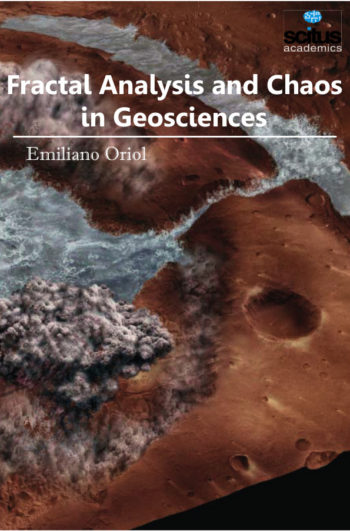Engineering geology is the application of the geology to engineering study for the purpose of assuring that the geological factors regarding the location, design, construction, operation and maintenance of engineering works are recognized and accounted for. In recent years, advances in technology and knowledge of geology have resulted in the accessibility of civil engineering project and high resolution to identify. Producing the earthquake in sea triggered the tsunami. An earthquake may serve as a warning that a tsunami is coming, and so may a rapid fall or rise in coastal waters. Earthquakes are an unavoidable natural hazard, but proper planning and a well-informed and well prepared public can reduce their impact. Construction of dam, tunnel, reservoir and other civil engineering projects under the consideration of safety precaution, and using material are more stable, durable and economical due to the knowledge of geology. The field of Geological Engineering includes a wide range of activities including the geological characterization of complex foundations of major buildings and structures, development of natural resources (mining, water, hydroelectricity, forestry, oil and gas), investigation and assessment of groundwater movement and quality, the engineering safety of major infrastructure (dams, reservoirs, offshore drilling platforms, pipelines, roads and railways), and the assessment of geohazard risk (landslides, earthquakes, volcanoes, and the stability of natural dams). It also contains aspects of such fields as project finance and insurance, land-use planning, forensic geological engineering, and the application of geological knowledge to the repair and preservation of cultural heritage sites.
This volume ‘Engineering Geology’ aims to understand the structure of the Earth and its surface features, what causes earthquakes and tsunamis, and why volcanoes form and erupt. It discusses about minerals, which form the building blocks of rocks, and how rocks are made and destroyed. It presents emphasis on applied geomorphology and structural geology, applied geophysics and geochemistry, environmental geology and hydrogeology, land use planning, natural hazards, remote sensing techniques, soil and rock mechanics and applied geotechnical engineering. This book will appeal to academic scientists, industry and applied researchers, and policy and decision makers.













